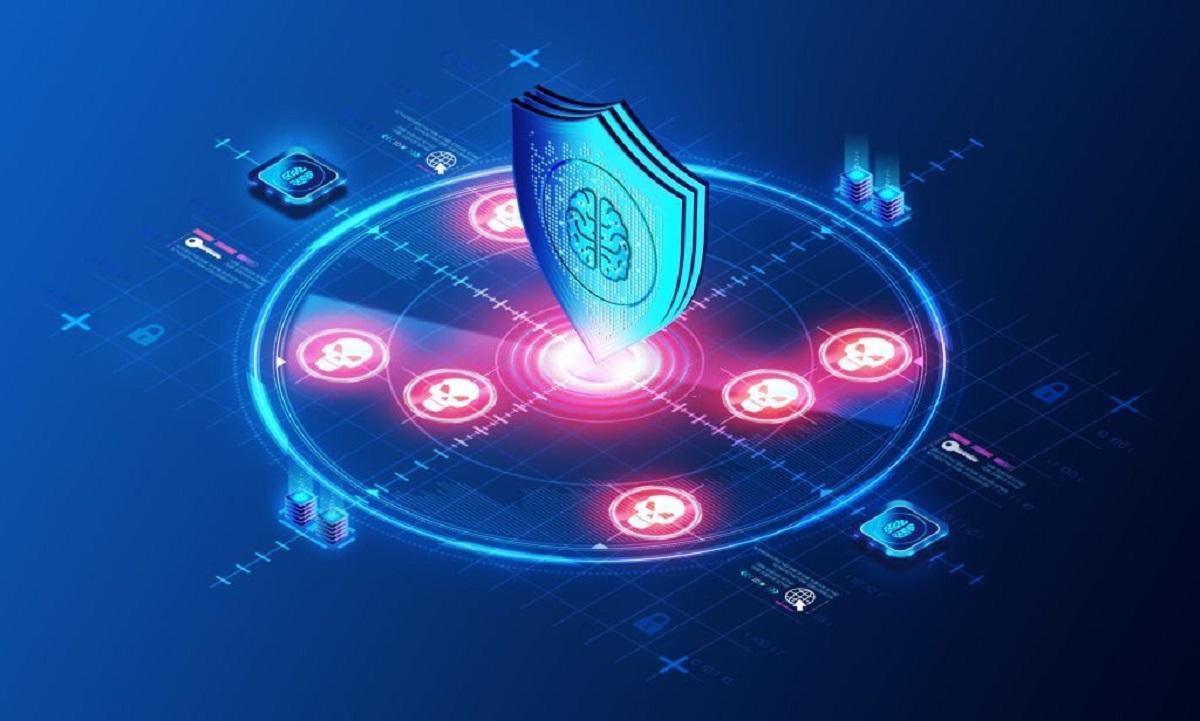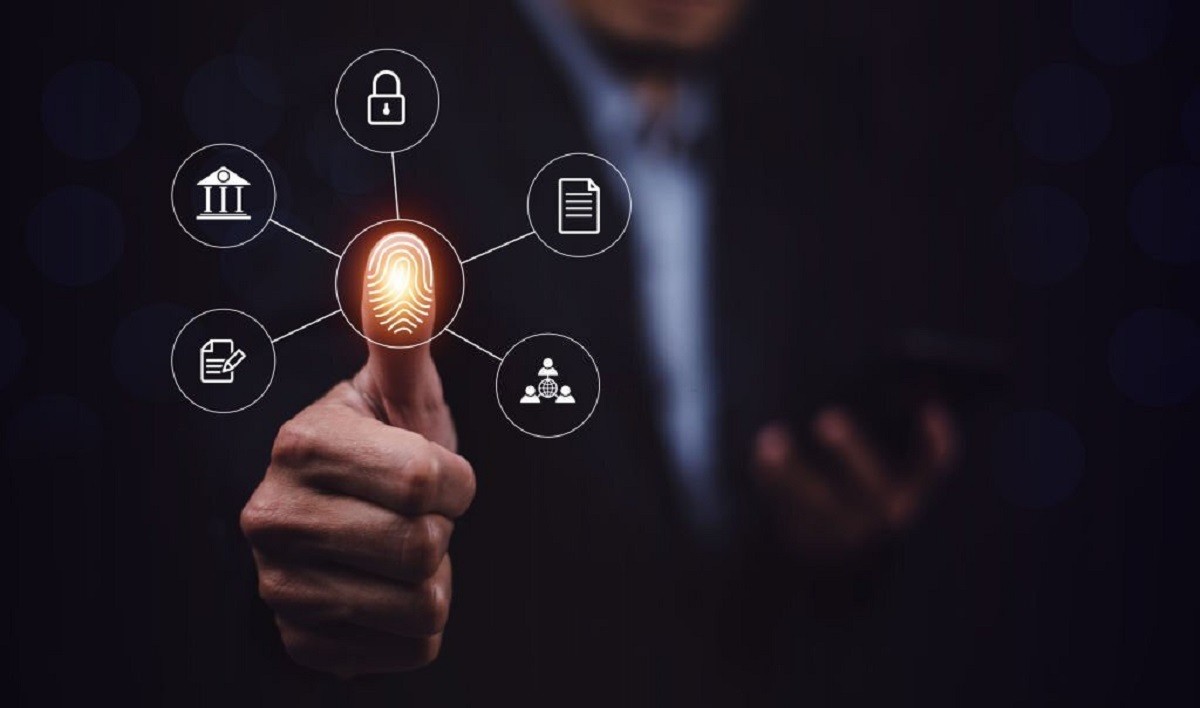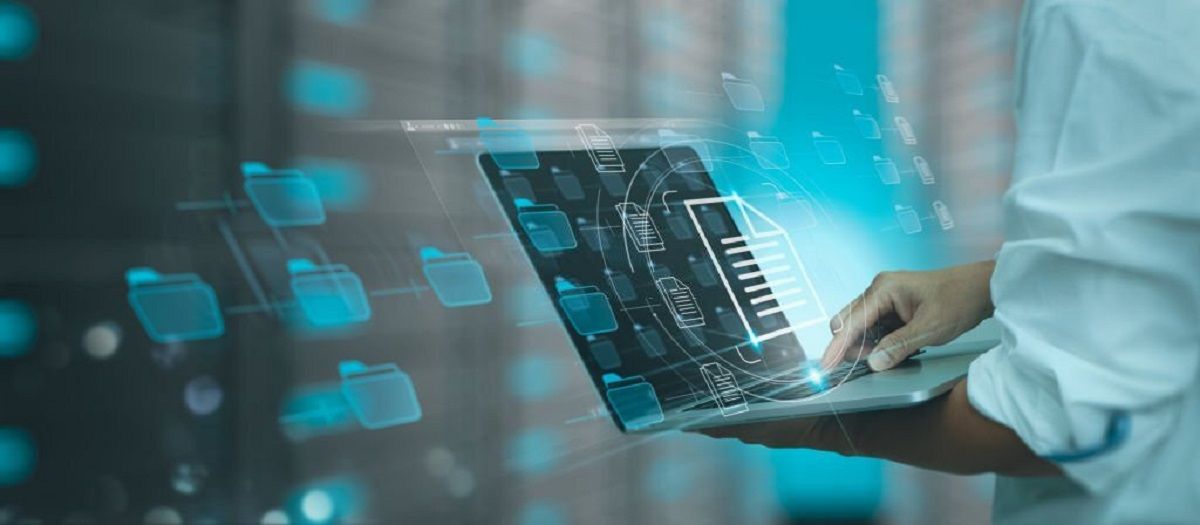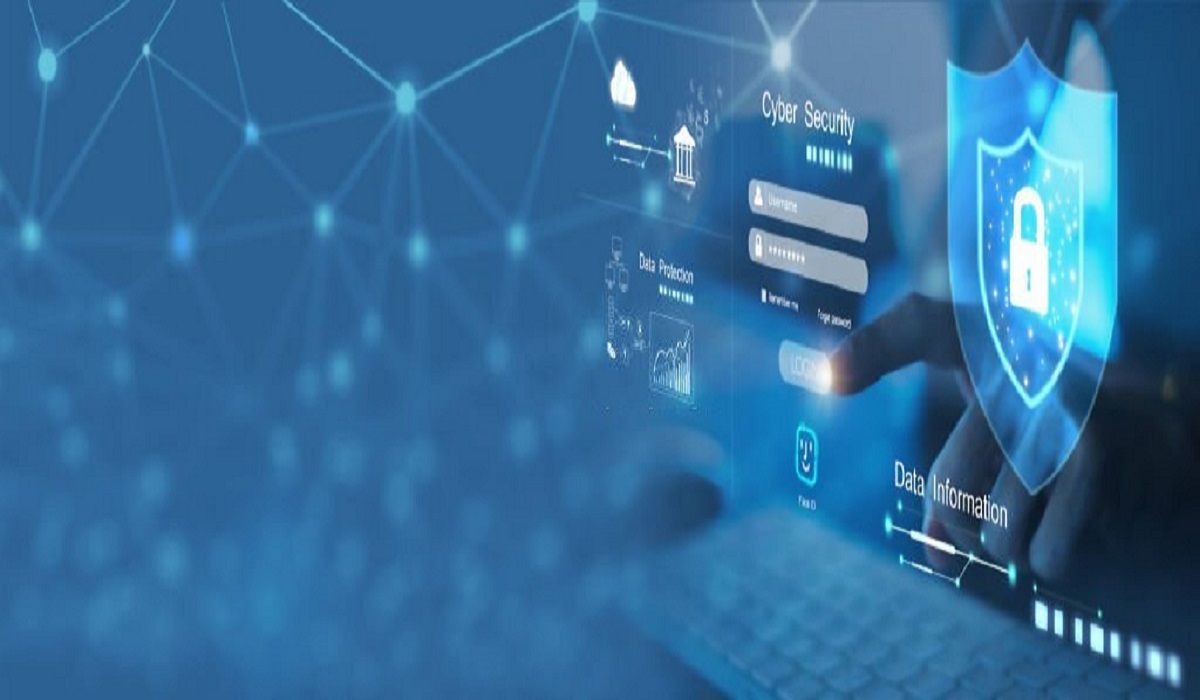In today’s digital age, where cybersecurity threats loom large, the need for robust security measures has become paramount. Organizations and individuals alike must take proactive steps to safeguard their valuable digital assets from malicious attacks. This is where security hardware plays a crucial role. In this comprehensive article, we will explore the world of security Willenhall and delve into its various aspects, Access control systems highlighting its importance, types, and best practices to ensure maximum protection.
Table of Contents
- How often should security hardware be updated?
- What is Security Hardware?
- The Importance of Security Hardware
- Types of Security Hardware
- Firewalls: Building a Secure Perimeter
- Intrusion Detection Systems (IDS): Identifying and Neutralizing Threats
- Antivirus Solutions Security Hardware: Shielding Against Malware
- Secure Authentication Systems Security Hardware: Strengthening Access Controls
- Physical Security Measures Security Hardware: Protecting Tangible Assets
- Conducting a Comprehensive Risk assessment
- Regularly Updating and Patching Security Systems
- Implementing Multi-Layered Defense Mechanisms
- Educating Employees on Cybersecurity Awareness
- Security Hardware: Monitoring and Analyzing Security Logs
- Monitoring and Analyzing Security Logs
- Common Challenges and Solutions
- FAQs
How often should security hardware be updated?
Security hardware should be updated regularly to address new threats and vulnerabilities. It is recommended to follow the manufacturer’s guidelines for firmware updates and patches. Additionally, staying informed about the latest security trends and consulting with security professionals can help determine the appropriate update frequency.
- How do security hardware devices slow down computer performance?
Modern security hardware devices are designed to minimize performance impact. While there may be a slight overhead due to the processing required for security operations, it is generally negligible for most users. However, it is advisable to choose reputable hardware vendors and ensure compatibility with your system to optimize performance.
- How can security hardware protect against the physical theft of devices?
Security hardware devices can play a role in protecting against physical theft. For example, encryption devices can secure data stored on stolen devices, making it inaccessible to unauthorized individuals. Additionally, some hardware solutions offer tracking and remote wipe capabilities, enabling the owner to locate or erase sensitive data from stolen devices.
What is Security Hardware?
Security hardware refers to the physical and virtual components that form the foundation of robust cybersecurity infrastructure. It encompasses a wide range of devices and systems designed to protect digital assets from unauthorized access, data breaches, malware infections, and other cyber threats.

Security Hardware: Enhancing Your Defense
Security hardware enclosesa wide range of physical devices designed to fortify your security infrastructure. These devices work in tandem with software solutions to create robust defense mechanisms against unauthorized access, theft, and other potential threats. By incorporating security hardware into your overall security strategy, you can significantly reduce vulnerabilities and mitigate the risk of security breaches.
The Role of Security Hardware in Modern Security Systems
In today’s interconnected world, security hardware plays a pivotal role in ensuring the integrity and confidentiality of sensitive information. Whether it’s protecting your home, office, or digital assets, provides an added layer of protection that cannot be achieved through software solutions alone. Let’s delve deeper into the various types of security hardware and their specific applications.
The Importance of Security Hardware
Safeguarding Sensitive Data and Preventing Breaches
In an era where data breaches have become alarmingly common, the importance of security hardware cannot be overstated. These hardware components act as gatekeepers, diligently monitoring and controlling access to critical systems and data repositories. By implementing firewalls, intrusion detection systems (IDS), and secure authentication mechanisms, organizations can create virtual fortresses that repel unauthorized intruders and safeguard sensitive information.
Enhancing the Trust of Customers and Stakeholders
In a connected world, trust is the foundation of successful business relationships. By prioritizing security, organizations demonstrate their commitment to protecting customer data and maintaining the confidentiality of sensitive information. This cultivates trust among customers, partners, and stakeholders, strengthening business reputation and fostering long-term relationships based on reliability and security.
Types of Security Hardware
Firewalls: Building a Secure Perimeter
Firewalls serve as the first line of defense against external threats. These hardware devices monitor incoming and outgoing network traffic, applying predefined rules and policies to allow or block specific connections. Common types of firewalls include network firewalls, application firewalls, and next-generation firewalls (NGFW).
Intrusion Detection Systems (IDS): Identifying and Neutralizing Threats
Intrusion Detection Systems (IDS) play a vital role in detecting and responding to potential security breaches. These hardware devices continuously monitor network traffic, analyzing data packets for signs of suspicious or anomalous behavior. Upon detection, IDS generates alerts, allowing security teams to investigate and respond promptly, minimizing the impact of potential threats.
Antivirus Solutions Security Hardware: Shielding Against Malware
Malware poses a significant threat to organizations and individuals alike. These robust security measures scan files, programs, and network traffic, searching for known malware signatures and behavioral patterns. By promptly detecting and neutralizing malware, antivirus solutions protect systems from compromise and data loss.
Secure Authentication Systems Security Hardware: Strengthening Access Controls
Secure authentication systems provide a robust means of verifying user identities and controlling access to sensitive resources. These mechanisms add layer of protection, mitigating the risks associated with weak or compromised credentials.
Physical Security Measures Security Hardware: Protecting Tangible Assets
Implement access control systems to regulate entry to your premises and specific areas within. Use mechanisms such as key cards, biometric scanners, or PIN codes to authenticate individuals. This helps prevent unauthorized access and ensures that only authorized personnel can enter restricted areas. These components safeguard tangible assets, preventing unauthorized access, theft, and tampering.

Conducting a Comprehensive Risk assessment
Identify potential threats that could exploit the vulnerabilities in your hardware. This may include physical threats (e.g., theft, vandalism) or cyber threats (e.g., hacking, malware). Evaluate the likelihood and potential impact of each threat to determine the level of risk.
Regularly Updating and Patching Security Systems
Security threats evolve rapidly, necessitating regular updates and patches to address vulnerabilities. Organizations should establish processes for keeping up to date, ensuring optimal protection against emerging threats.
Implementing Multi-Layered Defense Mechanisms
Relying on a single security measure is inadequate. By implementing multiple layers of defense, organizations can create a robust security posture that addresses various attack vectors and provides redundancy.
Educating Employees on Cybersecurity Awareness
Human error remains a significant factor in cybersecurity breaches. Organize regular training programs to educate employees on cybersecurity best practices. Cover topics such as identifying phishing emails, creating strong passwords, recognizing social engineering tactics, and handling sensitive data securely. Provide practical examples and real-life scenarios to make the training more relatable.
Security Hardware: Monitoring and Analyzing Security Logs
Continuous monitoring of security logs allows organizations to detect and respond to security incidents promptly. Implementing security information and event management (SIEM) systems can centralize log management, facilitating efficient analysis and incident response.
Monitoring and Analyzing Security Logs
Cybersecurity is a complex field, and organizations can benefit from the expertise of security professionals. Establishing partnerships with trusted security vendors and consultants can provide valuable insights and support for maintaining a robust security posture.
Common Challenges and Solutions
Integrating various components from different manufacturers can be complex and time-consuming. Compatibility issues may arise, hindering the seamless operation of the system. Here are some common hurdles and their respective solutions:
Security Hardware: Balancing Security with Usability
Security measures should not hinder productivity or user experience. Striking the right balance between robust security and seamless usability requires careful consideration of user requirements and feedback. Conduct user acceptance testing and involve stakeholders in the decision-making process to ensure security measures are practical and effective.
Security Hardware: Security Hardware: Dealing with Compatibility Issues
Integrating into existing IT infrastructure may introduce compatibility issues. Thorough testing and evaluation of compatibility with existing systems are crucial to minimize disruptions. Engage with vendors and IT professionals to ensure seamless integration and proper functioning of security hardware.
Security Hardware: Overcoming Budgetary Constraints
Investing in can be a significant financial commitment. Organizations with budgetary constraints should prioritize their security needs based on risk assessment findings. Assess your specific security requirements and prioritize the essential components. Focus on the areas that require immediate attention and allocate your budget accordingly.
Security Hardware: Addressing Emerging Threats with Agile Solutions
The threat landscape is constantly evolving, with new vulnerabilities and attack vectors emerging regularly. Organizations should stay updated with the latest security trends, participate in threat intelligence-sharing communities, and actively engage in exposure management and patching processes to address emerging threats proactively.

FAQs
Our range of security hardware includes surveillance cameras, door locks, alarm systems, and access control devices
They have night vision capabilities, allowing them to capture clear images even in low-light conditions.
Yes, our door locks are compatible with smart home systems, allowing you to control and monitor them remotely using your smartphone or other smart devices.
Yes, our security hardware is designed to be scalable, allowing you to easily expand and integrate additional devices or components as your security needs evolve.

